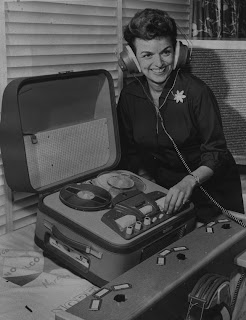Yesterday, I posted the audio of the Regents Committee on Investments and noted the (phone) presence of someone referred to as Gary (and sometimes Gerry) who pushed for an examination of why the Regents' endowment funds underperformed those of other major universities.
Bill Jacobs of UC-SB filled me in on the identity of Gary/Gerry. He is an advisor to the committee, not a Regent. However, the odd thing is that the committee seemed unwilling to take his advice and seemed annoyed at even hearing it. Isn't the purpose of an advisor to give, you know, advice? Nonetheless, despite the annoyance, Gary/Gerry distributed the comparison shown above at the meeting.
Who is Gary? See below:
T. Gary Rogers was Chairman and CEO of Dreyer’s Grand Ice
Cream for thirty years. He is the immediate past Chairman of Levi Strauss &
Co. and the Federal Reserve Bank of San Francisco. He is a director of Safeway, Inc., Shorenstein
Properties, Stanislaus Food Products and the University of California San
Francisco Medical Center Executive Council.
Mr. Rogers has a bachelor’s degree from the University of
California, Berkeley and an M.B.A. from the Harvard Business School. He is
currently a member of the Chancellor’s Executive Advisory Council of the
University of California at Berkeley and a member
of the Investment Advisory Group for The Regents of the University of
California. He is a member of the Board of Dean’s Advisors of the
Harvard Business School and currently serves as an Entrepreneur in Residence
there.
Rogers has been inducted into the Bay Area Business Hall of
Fame. He was named Harvard Business School Business Leader of the Year,
received the Wharton Business School Joseph Wharton Award, and served as
Executive in Residence at Washington State University. He received an Honorary
Doctor of Humane Letters Degree from Holy Names University and the Bear of the
Year Award from the University of California at Berkeley.
He is the primary benefactor of the University of California
Cal Crew Forever Endowment Fund, the T. Gary Rogers Rowing Center, and the
California Rowing Club for elite post-graduate oarsmen. He is a member of the
High Performance Olympic Committee of U.S. Rowing. Rogers also holds or has held numerous other public service
leadership positions and is the benefactor of the Rogers Family Foundation,
which supports a wide range of education, health related, and athletic
charities.
He is married to Kathleen Rogers, who is President of the
Rogers Family Foundation and a member of the Board of Overseers, Hoover
Institution.





























